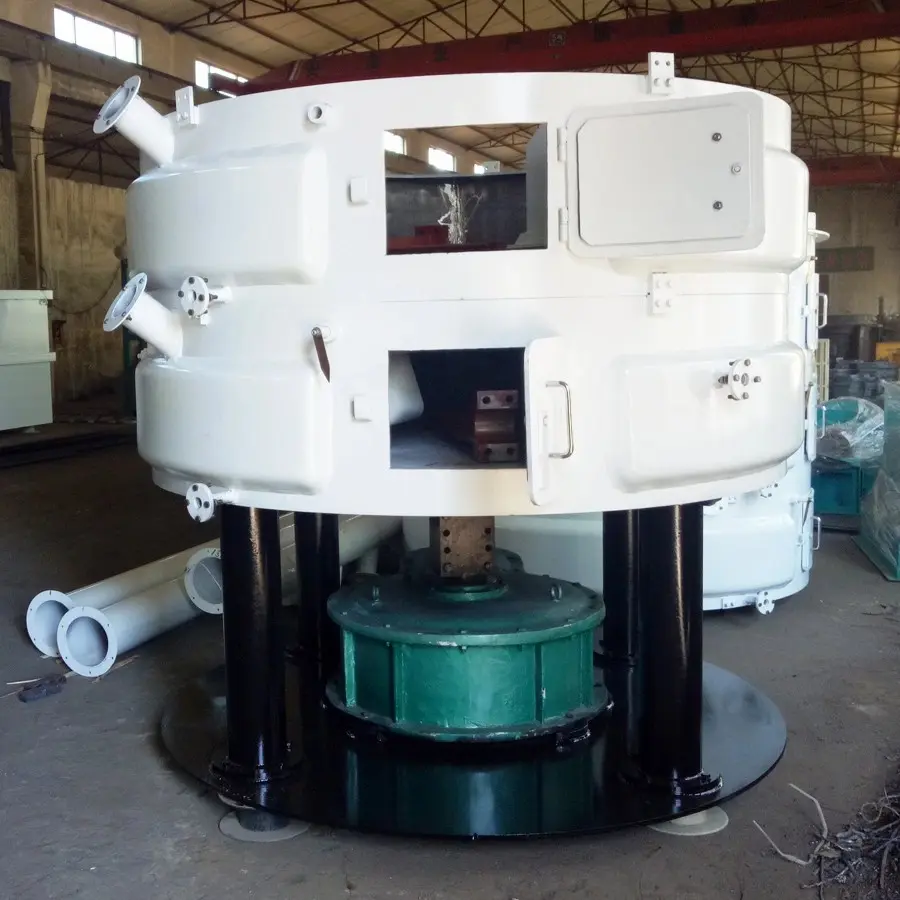ഡിസം . 19, 2024 09:21 Back to list
coconut oil production line factories
Coconut Oil Production Line Factories An Insight into the Industry
Coconut oil has been a staple in many households and industries, prized for its health benefits and versatility. The increasing demand for coconut oil across the globe has led to the establishment of dedicated production line factories aimed at maximizing efficiency and quality. This article explores the significance of coconut oil production line factories, the processes involved, and the economic impact of this thriving industry.
Understanding Coconut Oil Production
Coconut oil is derived from the meat of mature coconuts harvested from the coconut palm (Cocos nucifera). The production process primarily involves the extraction of oil from coconut meat, which can be done using various methods, such as cold pressing and solvent extraction. The choice of method influences the quality of the oil, with cold pressing generally yielding higher-quality, unrefined coconut oil rich in nutrients.
The Production Line Process
A typical coconut oil production line factory consists of several stages, each designed to handle specific aspects of the production process
.1. Coconut Sourcing The process begins with sourcing mature coconuts from local farmers. Sustainable practices are encouraged to ensure that coconut production does not harm the environment or deplete local coconut palm resources.
2. De-husking and Shelling Once the coconuts arrive at the factory, they undergo de-husking and shelling. This involves removing the outer husk and the hard shell to obtain the coconut meat, known as copra.
coconut oil production line factories

3. Drying The extracted coconut meat is then dried to reduce moisture content. This step is crucial, as high moisture levels can lead to spoilage and lower oil yield.
4. Oil Extraction After drying, the copra is subjected to oil extraction. In a cold-pressing system, the dried copra is mechanically pressed to extract the oil without using heat, preserving its natural properties. In contrast, solvent extraction involves using chemical solvents, followed by refining processes to purify the oil.
5. Refining and Packaging The final stage of production involves refining the extracted oil, which removes impurities, odors, and colors. The refined coconut oil is then packaged for distribution. Quality control measures are implemented at every stage to ensure that the final product meets food safety and quality standards.
Economic Impact and Sustainability
Coconut oil production line factories play a significant role in the economy of coconut-producing countries. They create jobs, support local agriculture, and contribute to export revenues. Countries like the Philippines, Indonesia, and India are among the largest producers of coconut oil, and their economies heavily depend on this industry.
However, it's essential to balance production with environmental sustainability. Many factories are adopting eco-friendly practices by utilizing waste from the production process, such as coconut husks and shells, for energy production or as by-products for other industries. This not only helps reduce waste but also creates additional revenue streams.
Conclusion
The growth of coconut oil production line factories reflects the increasing global demand for coconut oil and its derivatives. These factories streamline the production process, ensuring efficiency and high-quality products. As the industry evolves, it is vital to focus on sustainable practices that protect the environment while supporting local economies. As consumers become more aware of the health benefits and uses of coconut oil, the future of this industry looks promising, with coconut oil remaining a beloved product in homes and industries worldwide.
-
HP290 First Press Oil Expeller Machinery: Efficient Oil Extraction
NewsAug.02,2025
-
Top Food Oil Refined Unit Companies w/ GPT-4 Turbo Tech
NewsAug.01,2025
-
Premium Black Seed Oil Expeller - High Efficiency Cold Press Oil Machine
NewsJul.31,2025
-
Oil Processing Equipment - High-Efficiency Flaking Machine
NewsJul.25,2025
-
High-Efficiency Peanut Oil Refined Machine for Quality Oil Production Leading Exporters & Companies
NewsJul.08,2025
-
High Efficiency Sunflower Seed Oil Press – Leading Cooking Oil Press Machine Factories & Suppliers
NewsJul.08,2025
